
What are the pros and cons of reverse osmosis water? The main pros of reverse osmosis are it is very high purity water, very easy to make, and it’s a great addition to any home. The main cons of reverse osmosis are it is a slow filtration process, it removes mineral content, and it creates wastewater. See below for a simple explanation of the advantages and disadvantages of reverse osmosis water.
REVERSE OSMOSIS PROS AND CONS
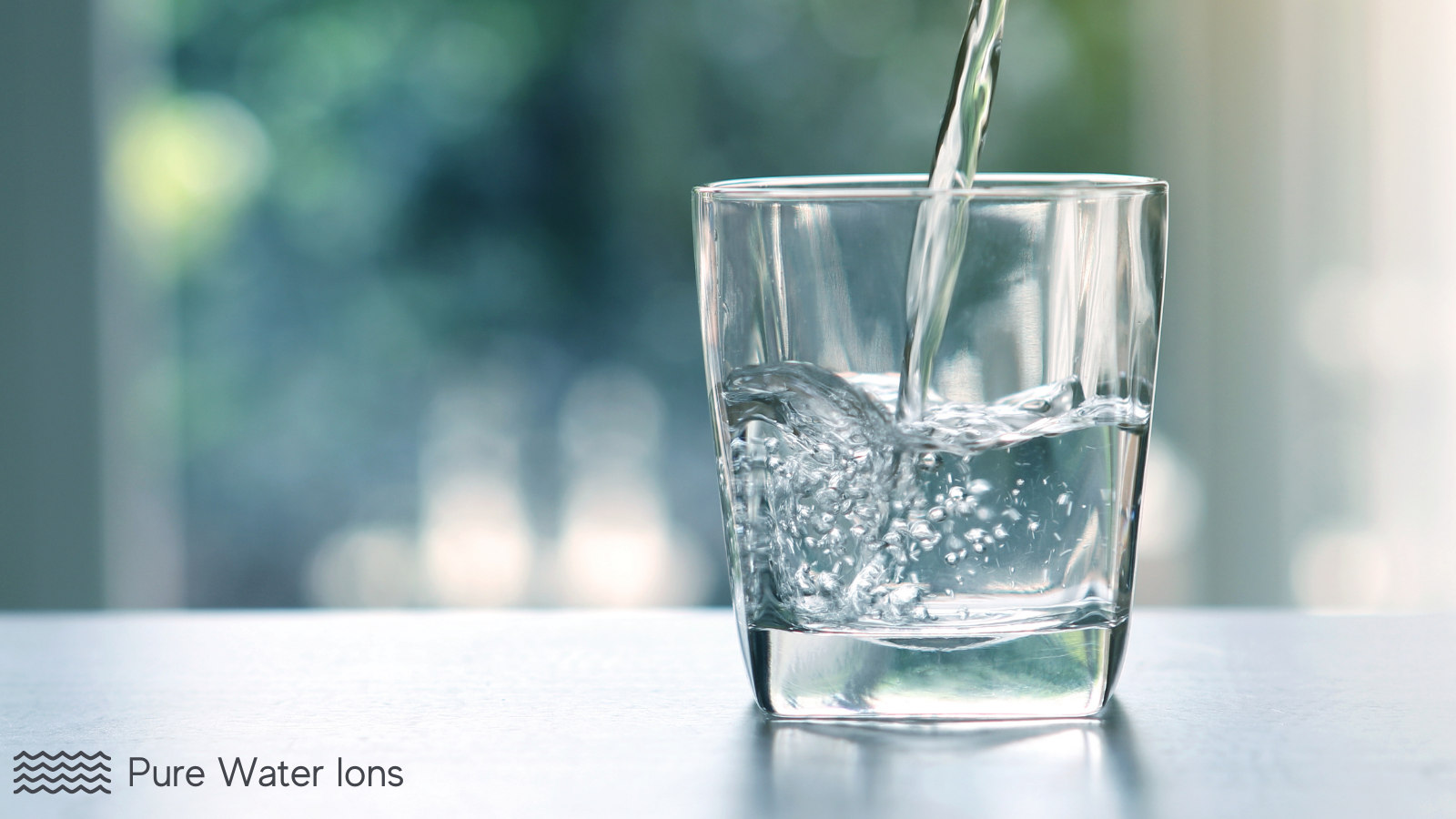
Are you considering investing in a reverse osmosis water filter for your home but want to learn a little more about them first? Do you want to learn a little more about the pros and cons of reverse osmosis water? You’re in the right place.
We will take you through everything you need to know about reverse osmosis filtered water. We’ll explain all the key features you need to be aware of before buying an RO water filter system.
This guide covers all the reverse osmosis pros and cons, how the filters work, and what the alternatives are. You can use the menu below to jump directly to content that is of interest to you.
JUMP TO CONTENT
- ADVANTAGES OF REVERSE OSMOSIS WATER
- DISADVANTAGES OF REVERSE OSMOSIS WATER
- WHAT IS REVERSE OSMOSIS FILTERED WATER?
- HOW DOES A REVERSE OSMOSIS WATER FILTER WORK?
- FREQUENTLY ASKED QUESTIONS
BENEFITS OF REVERSE OSMOSIS WATER
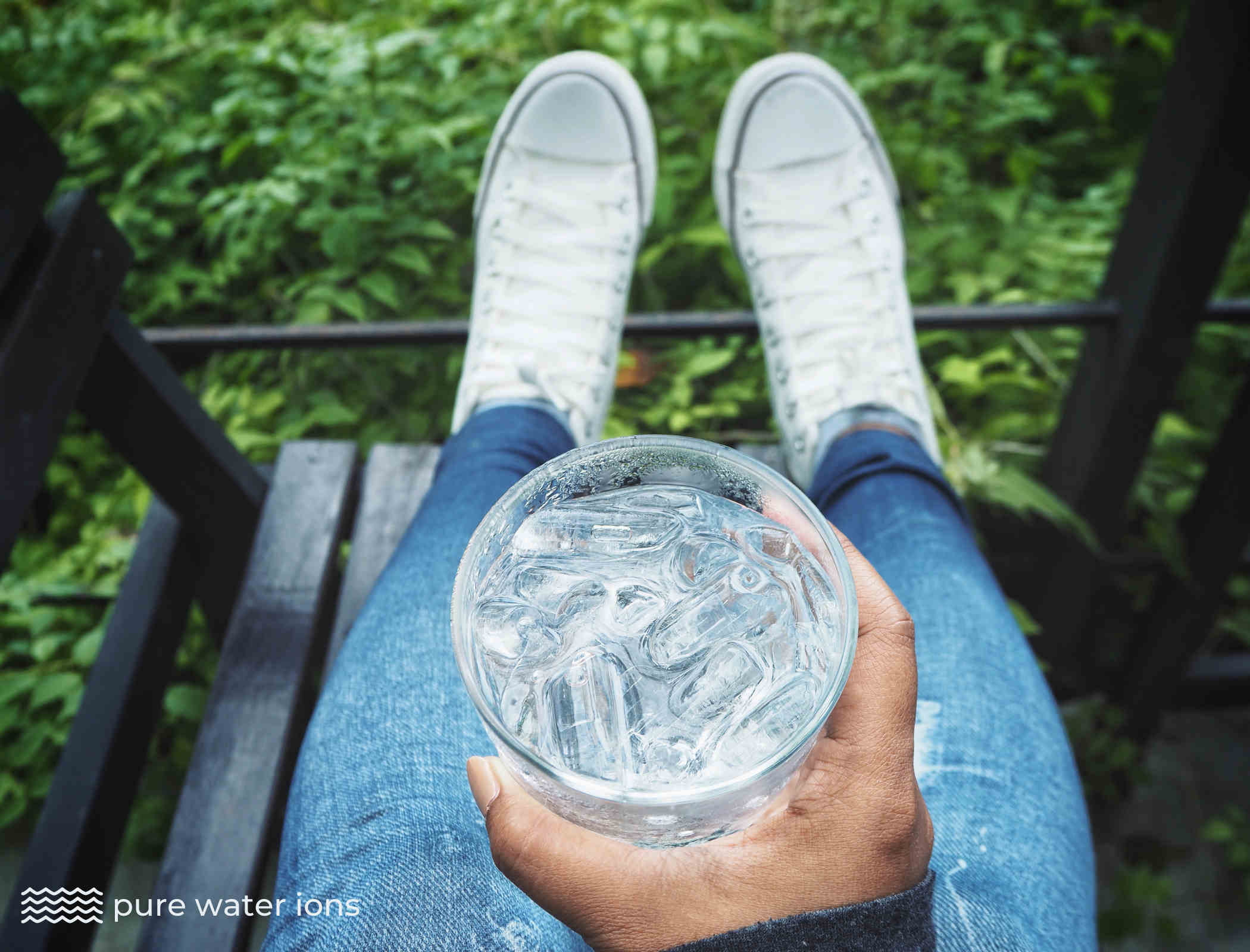
What are the key advantages of reverse osmosis filtered water? Below we outline the top benefits of reverse osmosis water.
EXCELLENT FILTRATION
A reverse osmosis water filter is a high-performance water filtration system. Reverse osmosis water filters use a series of water filter stages to remove contaminants from your water.
A typical setup includes a sediment filter, two activated carbon filters, and finally a reverse osmosis stage. The reverse osmosis membrane stage is the most powerful of these stages and removes up to 99.9% of all contaminants from a water source.
The reverse osmosis step uses a semi-permeable membrane that allows water molecules to pass through but blocks almost all other particles. Reverse osmosis is sometimes referred to as RO.
REMOVES MOST CONTAMINANTS
RO filters are high-performance filters that produce very high-quality filtered water. They remove almost all contaminants. Many reverse osmosis water filter systems remove up to 99.9% of all water contaminants.
If you are looking for a high-performance water filter for your home – an RO filter is a great choice. They are considered one of the best all-round water filter technologies currently available. These filters effectively remove most disease-causing organisms and chemical contaminants.
RO filters are used in areas where water is unfit for consumption. Contaminated water can be rendered fit for human consumption just by passing through a reverse osmosis filter. The filters are used to remove, nitrates, sulfates, arsenic, harmful microbes, and many other toxic impurities.
BETTER TASTING WATER
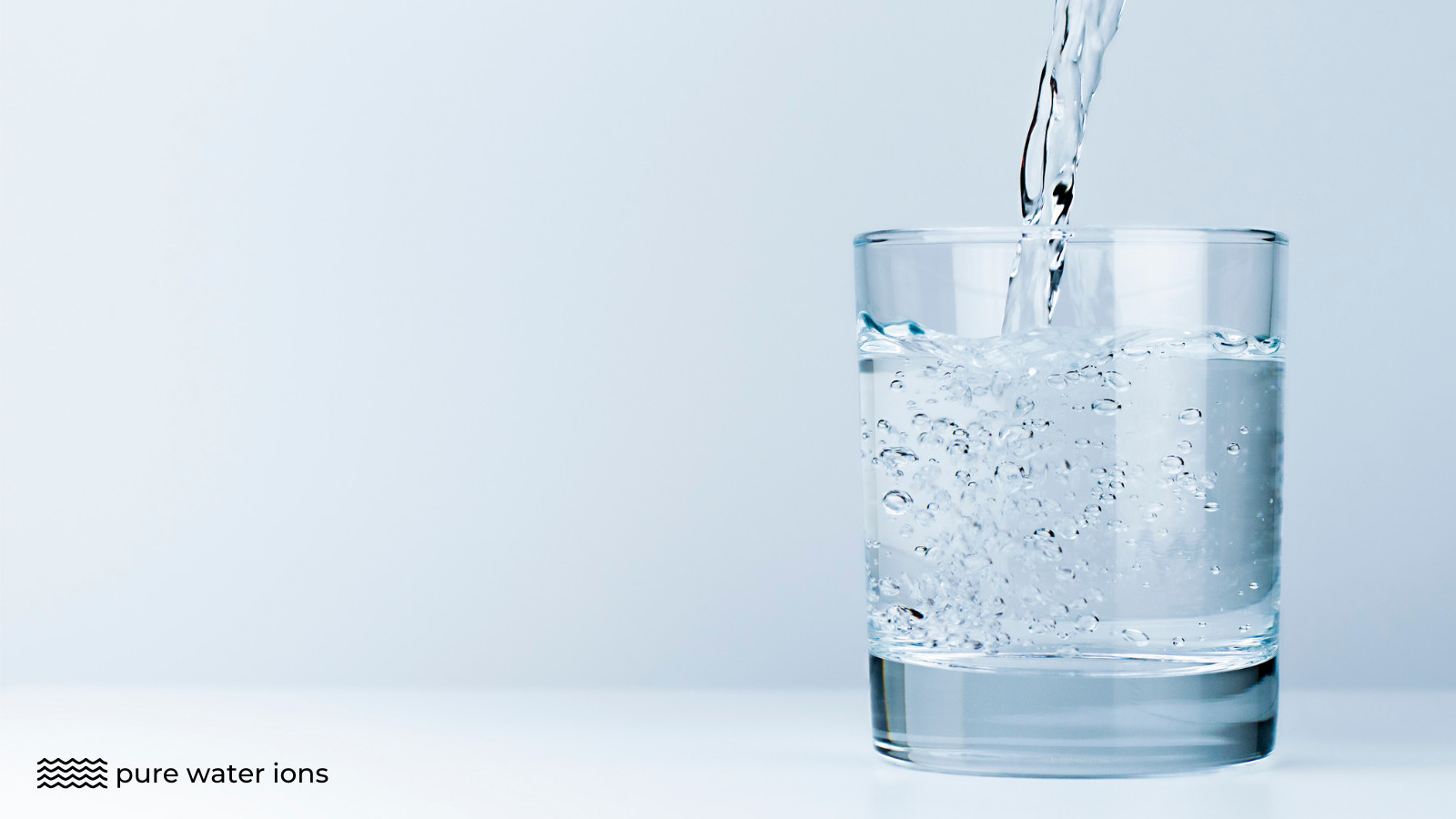
Reverse osmosis water tastes better. Many households are supplied with water that just tastes bad. It can appear cloudy and sometimes it can even have an unpleasant odor.
The bad taste in your water supply can be caused by the presence of chlorine, fluoride, and even the run-off from industrial chemicals. If you want great-tasting water – try reverse osmosis water.
Water that has been RO filtered removes the vast majority of these nasty contaminants. And with it, you lose the bad taste and unwelcome odor. Reverse osmosis water tastes fresh and clean.
REVERSE OSMOSIS WATER IS EASY TO MAKE
One of the great benefits of reverse osmosis water is that is very easy to make. All you have to do is get a reverse osmosis water filter for your home.
The devices are easy to use and you can opt for a simple countertop unit or get one fitted beneath your sink. Either way, you’ll have access to freshly filtered reverse osmosis water with the press of a button. It couldn’t be easier.
ECO-FRIENDLY
Reverse osmosis water can help the planet and protect the environment by reducing the number of plastic bottles we use. We all know that disposable plastic bottles are a huge problem for landfill sites – it takes 450 years for a bottle to biodegrade.
And, that’s not to mention the problem with microplastics clogging up our seas and oceans. We too are consuming ever-increasing amounts of microplastics.
By switching to reverse osmosis water and installing a filtration system in your home you can make freshly filtered water at any time without having to purchase a bottle. This way you can vastly cut down on the amount of plastic bottles you get through over a lifetime.
BETTER FOR COOKING
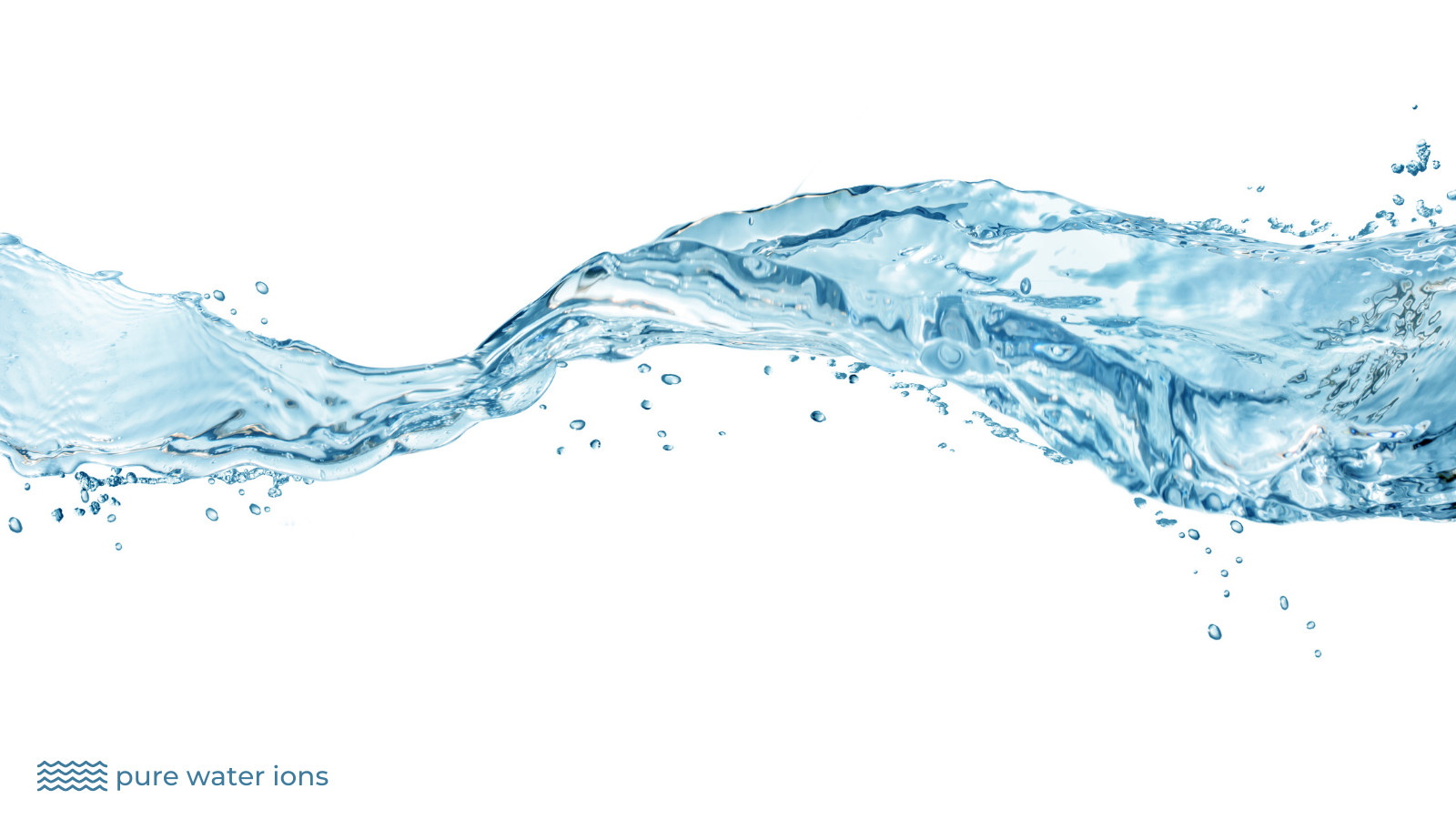
Reverse osmosis water is better for cooking. Many chefs prefer to use reverse osmosis filtered water in their kitchens. They find it is better for cooking and preparing food as it makes the food taste better.
Reverse osmosis filtration removes chlorine and other minerals from water that have a strong taste. By removing these substances you can get a better taste of the food you cook without tasting hints of chlorine and other contaminants.
RANGE OF REVERSE OSMOSIS FILTERS
Another key benefit of reverse osmosis water is that it can be easily made from home. There is a wide range of domestic reverse osmosis water filtration systems available on the market today.
You can choose from countertop devices that require no installation and just need an electrical power source. And, then there are undersink units that are plumbed into your water system. These devices require some installation work but once they are in place they are incredibly convenient.
There are even whole-house filtration systems, tankless, and tank-based units. It’s a consumer’s market. If you are considering installing an RO filtration system in your home you will have plenty of options to choose from.
COST-EFFECTIVE FILTERED WATER
Reverse osmosis water can save you money. And, if you tend to drink filtered bottled water – you could be in for some big savings. If you like reverse osmosis water you should consider getting a home RO filtration system.
This way you can make your own freshly filtered reverse osmosis water at home. You won’t have to buy any more expensive bottled water. You can use your hoe tap water supply and save money.
BETTER WATER FOR YOUR FAMILY
Reverse osmosis water is a great addition to any home. Another one of the great benefits of reverse osmosis water is that if you install an RO device in your home – your family will be drinking clean pure filtered water every day.
This will benefit all your family. The reverse osmosis water will have a very high purity rating and your family will consume much fewer contaminants every time they pour themselves a glass of tap water. And, you’ll find your household will drink more water once you have access to clean reverse osmosis water.
REVERSE OSMOSIS DISADVANTAGES
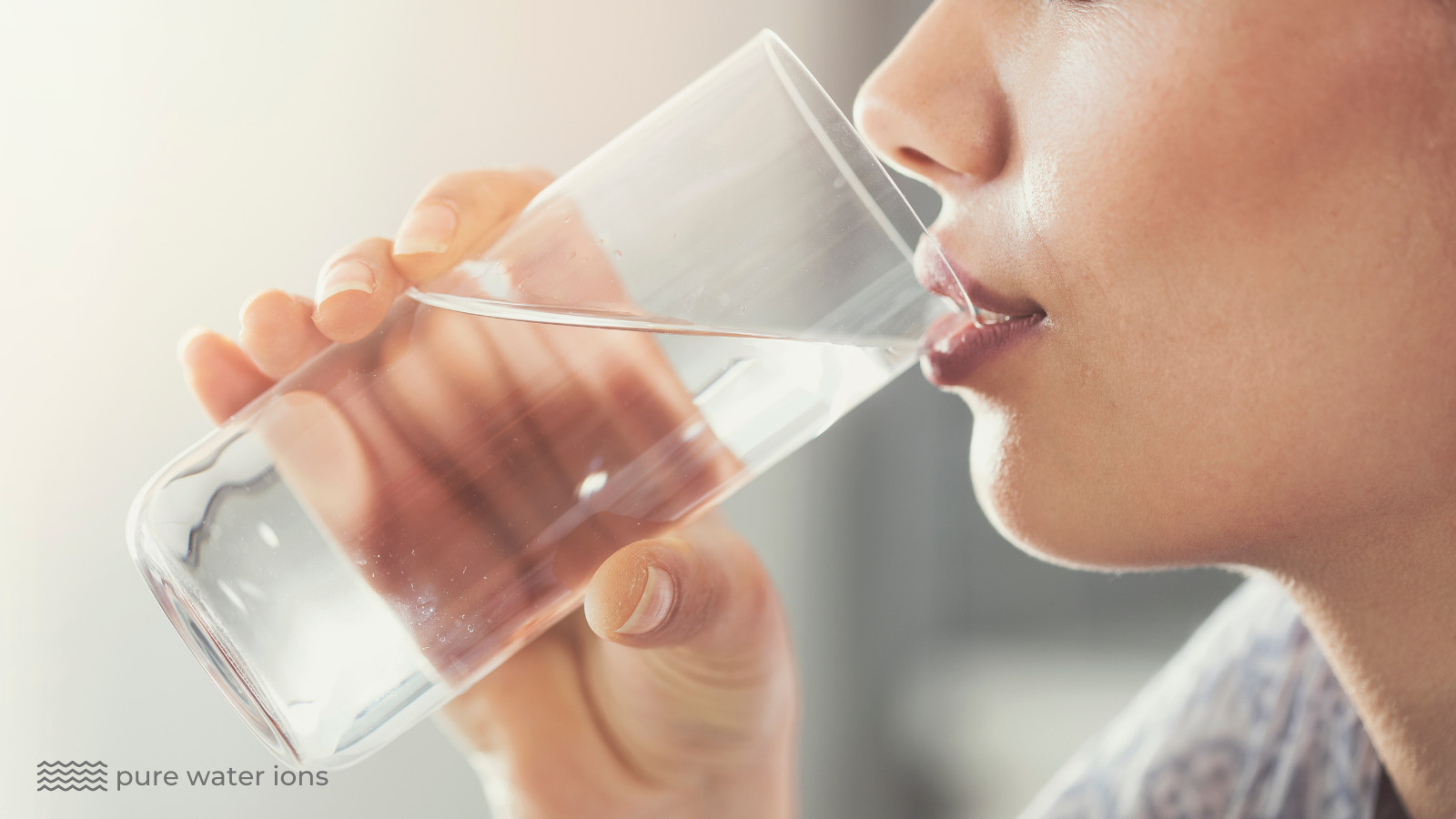
What are the disadvantages of reverse osmosis water? What are the key drawbacks of reverse osmosis water? Let’s take a look at the key reverse osmosis disadvantages.
MINERAL REMOVAL
One of the biggest reverse osmosis disadvantages is the removal of minerals from the water source. Reverse osmosis is such a high-performance filter it removes almost all dissolved solids from water.
This means it removes almost all the bad stuff, (up to 99.9%), but it removes some of the good stuff too. Reverse osmosis can remove minerals from water that are beneficial to our health. Minerals such as calcium, magnesium, and potassium will be removed from the water.
However, many of the Best Reverse Osmosis Water Filters include a remineralization stage after the water has been filtered. This stage adds minerals to the filtered water to compensate for what has been removed.
SLOW WATER FILTRATION
A reverse osmosis filter takes longer to filter water compared to other cheaper filter types. This is because the RO filter employs multiple stages of filtration and it takes longer for the water to pass through the device.
Many models have overcome this problem by adding a storage tank to their reverse osmosis water filtration systems. The tank holds freshly filtered water until it is needed and begins topping it back up as the level drops.
PERIODIC FILTER REPLACEMENT
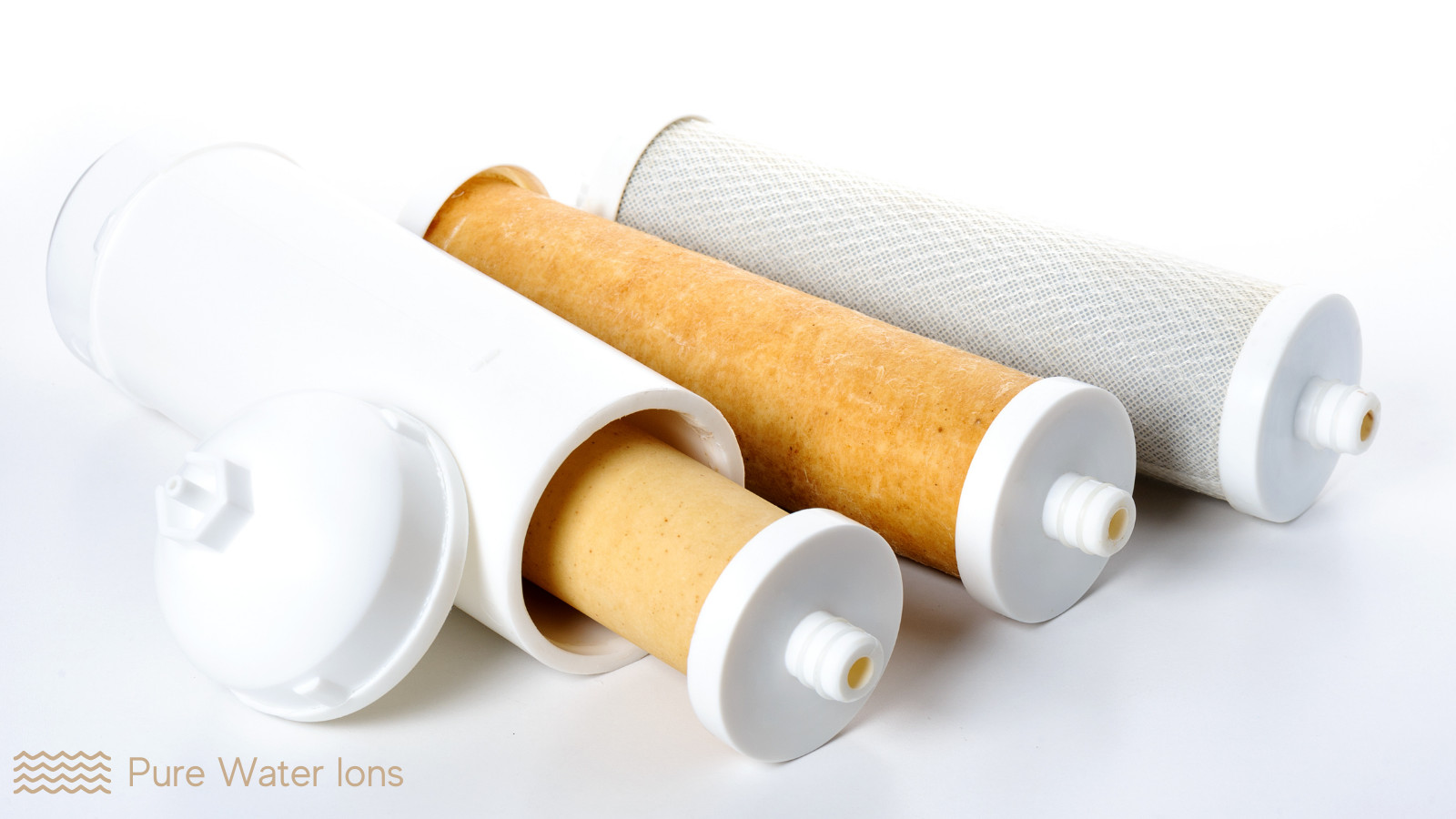
The filters used in an RO filtration system need to be periodically replaced. And, because the system uses a multi-stage filtration system you will have to replace multiple filters.
Most RO water filters contain sediment pre-filters, carbon filters, an RO membrane filter, and a remineralization filter. Depending on the type and quality of the filter and the level of usage, filters will need to be replaced anywhere between 6 months to 2 years.
WATER WASTAGE
Reverse osmosis filtration systems produce wastewater. It is a natural part of the RO filtration process but there is no way around it. Reverse osmosis generates significant amounts of wastewater.
Some units produce 2-3 gallons of wastewater for every 1 gallon of filtered water produced. Other more efficient devices have a 1:1 ratio. These units produce 1 gallon of wastewater for every 1 gallon of RO filtered water.
INSTALLATION
Installation requirements are a consideration when weighing up the pros and cons of reverse osmosis water. If you want reverse osmosis water on tap, in your home – you’re going to have to invest in a reverse osmosis water filtration system.
Two of the most affordable domestic appliance types are Undersink Reverse Osmosis Water Filters and Countertop Reverse Osmosis Filters. If you choose an undersink unit there will be some installation work.
These units are plumbed directly into your water supply so that you literally have reverse osmosis water available on tap. The countertop units do not require any installation. Typically these devices just need some counter space and an electrical outlet.
WHAT IS REVERSE OSMOSIS FILTERED WATER?

Now that we’ve covered the pros and cons of reverse osmosis water, let’s take a look at what it actually is. Reverse osmosis water is water that has been passed through a reverse osmosis water filtration system.
Typically these systems are made up of multiple filtration stages. These include a sediment filter, multiple activated carbon filters, a reverse osmosis filter membrane stage, and a remineralization stage. The RO membrane has a pore size of approximately 0.0001 microns.
This pore size is so small it allows water molecules to pass through and removes almost all other particles. It is a highly efficient way of removing contaminants from water.
Reverse osmosis is a high-performance filter that produces very high-quality filtered water. The best reverse osmosis filters remove up to 99.9% of all contaminants from water. And, many domestic reverse osmosis filtration systems remove 99% of impurities.
READ NEXT
HOW DOES REVERSE OSMOSIS WATER FILTRATION WORK?
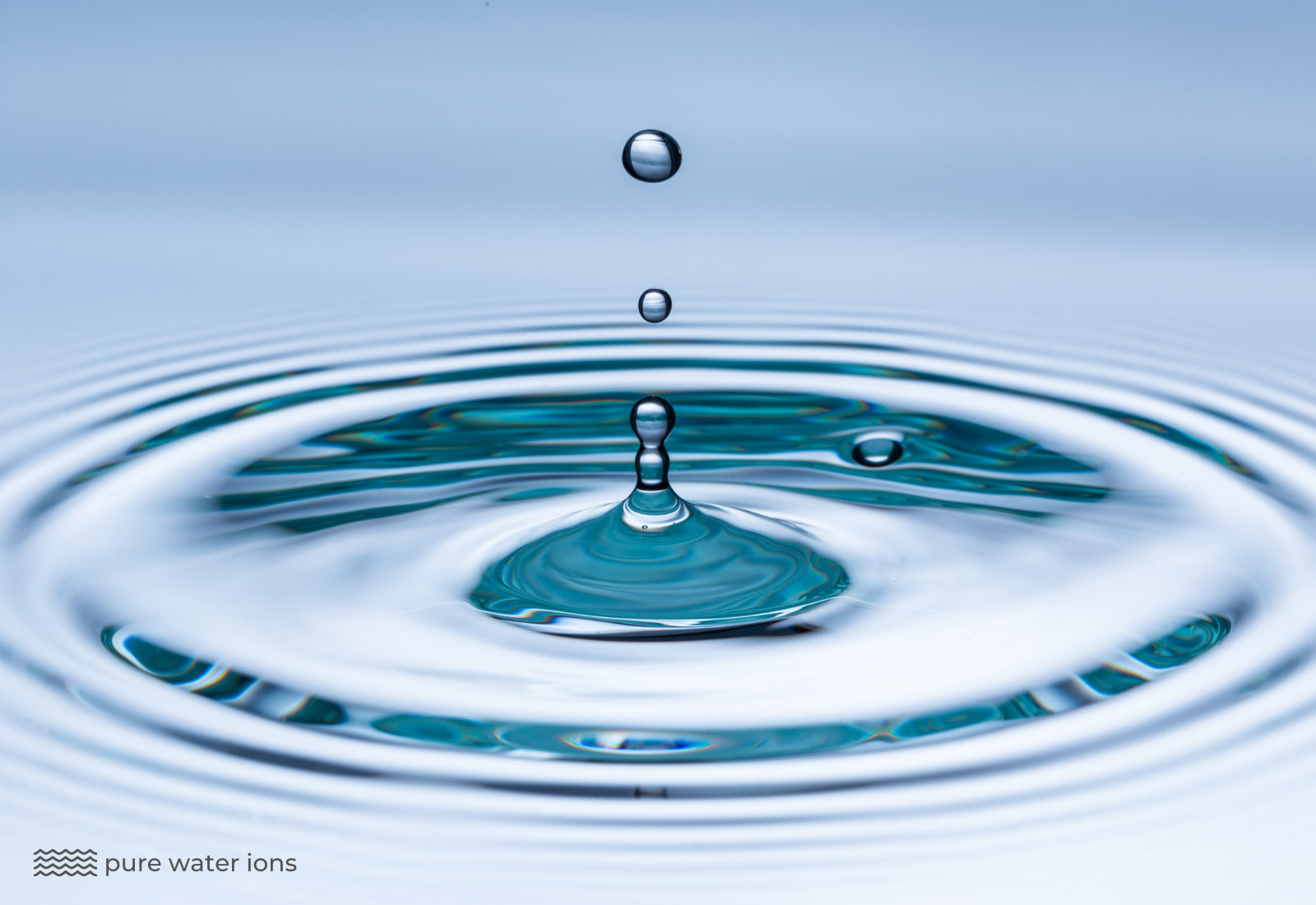
A reverse osmosis water filtration system works by passing water through a series of filters using pressure. The first filter is a basic sediment filter. This is used to remove large particles, dirt, and grime from the water. It protects the subsequent filters by preventing large particles from entering them.
Most reverse osmosis water filters then use two activated carbon cartridges. These filter cartridges contain a matrix of carbon material that binds with contaminants.
As water passes through the cartridge, impurities contact the activated carbon. The carbon medium locks them in place and holds them inside the cartridge as the water passes through.
The final filtration stage is the reverse osmosis membrane. This is a semi-permeable membrane with a tiny pore size of approximately 0.0001 microns. The membrane pores are so small they allow water molecules to pass through while blocking almost all other particles.
Many reverse osmosis filters have a final polishing stage. This stage adds minerals to the filtered water to compensate for what has been removed by the RO membrane.
These minerals are beneficial for our health and can improve the taste of the filtered water. See below for the questions we get asked most frequently about the pros and cons of reverse osmosis water.
PROS AND CONS OF REVERSE OSMOSIS WATER FAQ

FREQUENTLY ASKED QUESTIONS
HOW MUCH DOES REVERSE OSMOSIS WATER COST?
If you want to make reverse osmosis at home you will need to buy a reverse osmosis water filtration system. Countertop units range in price from about $400-600.
Many of the best units come in below $500. And, the best undersink reverse osmosis filter systems cost anywhere between $300-$1,000 depending on the quality of the device and the filters used.
IS REVERSE OSMOSIS WATER BETTER FOR YOU?
If you have a contaminated water supply you can use a reverse osmosis filter to remove up to 99% of impurities. Drinking reverse osmosis filtered water is better for you than drinking contaminated water.
DOES REVERSE OSMOSIS WATER TASTE GOOD?
Reverse osmosis water tastes great. It is highly purified water. However, some people find the taste unpleasant because so many water minerals have been removed by the reverse osmosis membrane.
If you don’t like the taste of reverse osmosis water – look out for a filter that has a remineralization stage. This device adds minerals back into the filtered water to adjust it back to how you are used to.
READ NEXT
